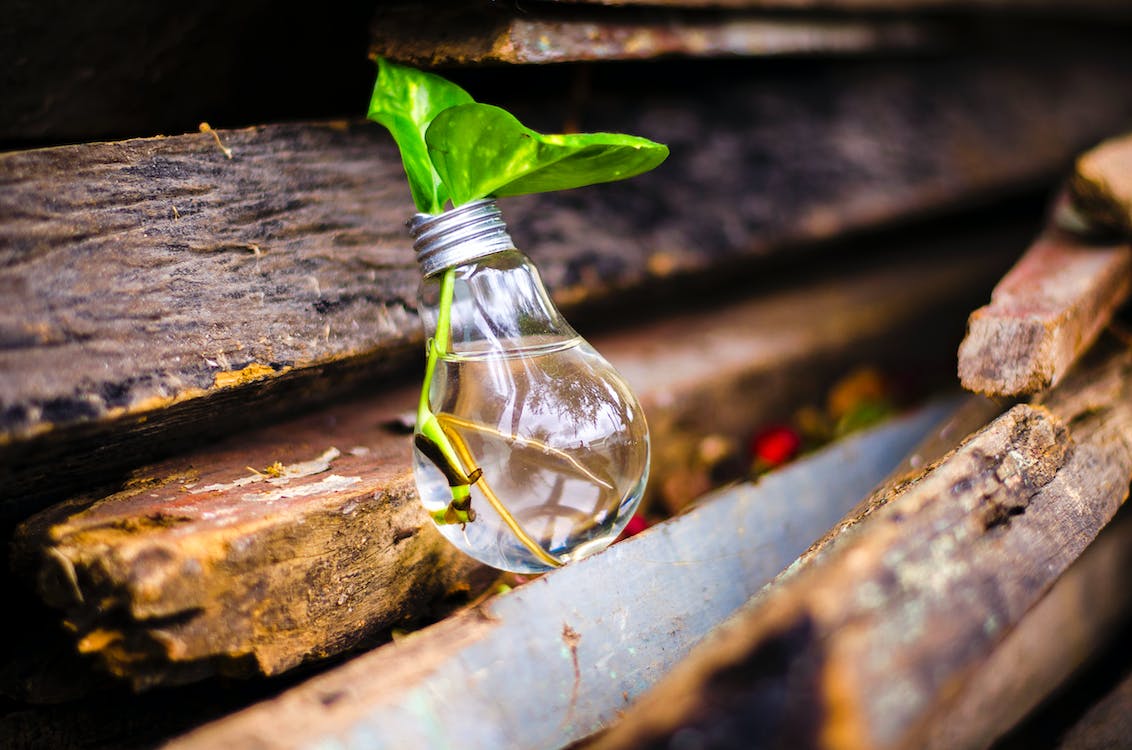Bhoto Jatra, also known as the chariot festival of Rato Machhindranath, is one of the oldest and most significant festivals in Nepal, particularly celebrated in the Kathmandu Valley. The festival is dedicated to the rain god, Rato Machhindranath, and is observed by both Hindus and Buddhists.
Here are the key aspects of Bhoto Jatra:
Origins and Legend
- Deity: Rato Machhindranath, also known as Bunga Dyah, is revered as the rain god and the deity of agriculture and prosperity. He is worshipped both by Hindus, who regard him as an incarnation of the god Shiva, and Buddhists, who associate him with Avalokiteshvara.
- Legend: According to the legend, Rato Machhindranath was brought to the Kathmandu Valley from Assam, India, by a team led by a farmer named Lalit and a priest named Bandhudatta to end a severe drought. The festival is believed to have started to honor this event and seek blessings for rain and a good harvest.
The Chariot and Procession - Chariot Construction: The chariot, known as Rato Machhindranath’s rath, is a massive, towering structure made of wood, bamboo, and other materials. It can reach up to several stories high and is constructed by skilled artisans.
- Start of Procession: The festival begins in Pulchowk, Lalitpur, where the deity’s idol is placed on the chariot. The procession then moves through different parts of the city, with designated stops at various shrines and temples.
- Duration: The procession can last from several days to weeks, depending on the route and rituals performed at each stop. The exact duration can vary each year based on astrological and cultural considerations.
Bhoto Display - The Vest (Bhoto): The highlight of the festival is the display of a jewel-studded vest, or bhoto, which has its own legend. It is said that a serpent god gave the vest to a farmer who cured his eye ailment. The vest was later stolen, and during the Bhoto Jatra, it is displayed in search of its rightful owner.
- Public Display: On the final day of the festival, the bhoto is displayed from the chariot by the Kumari (living goddess) in Jawalakhel. The display is accompanied by a significant gathering of people, including high-ranking government officials and dignitaries.
Religious and Cultural Significance - Rain and Agriculture: The festival is timed with the agrarian calendar, marking the end of the dry season and the onset of the monsoon. It is a crucial event for farmers who pray for sufficient rain and a bountiful harvest.
- Rituals and Offerings: Throughout the festival, numerous rituals and ceremonies are performed. These include offerings of flowers, food, and other items to the deity, as well as various prayers and chants.
- Music and Dance: Traditional Newari music, involving drums, cymbals, and other instruments, accompanies the procession. Dance performances and cultural shows are also an integral part of the celebration.
Community and Social Aspects - Social Gathering: Bhoto Jatra is a time for socializing and community bonding. Families and friends gather to watch the chariot procession and participate in the festivities.
- Cultural Preservation: The festival plays a significant role in preserving and promoting the cultural heritage of the Newar community. It is a vivid display of traditional arts, crafts, and rituals that have been passed down through generations.
Modern Relevance - Tourism: Bhoto Jatra attracts numerous tourists and visitors, both from within Nepal and abroad. It is a major cultural event that showcases the rich traditions of the Kathmandu Valley.
- Government Involvement: The festival is often attended by high-ranking officials, including the President and Prime Minister of Nepal, highlighting its national importance.
Bhoto Jatra is a unique blend of religious devotion, cultural expression, and community spirit, making it one of the most vibrant and significant festivals in Nepal.







